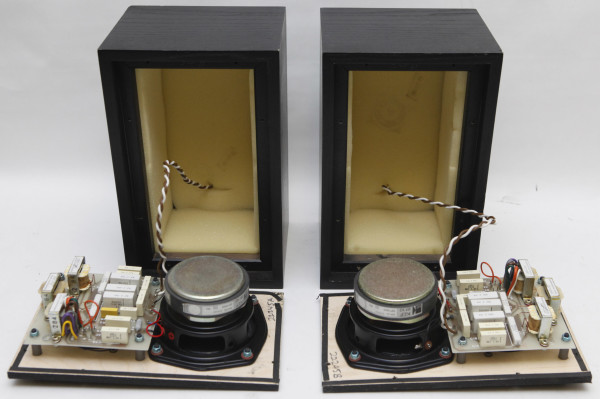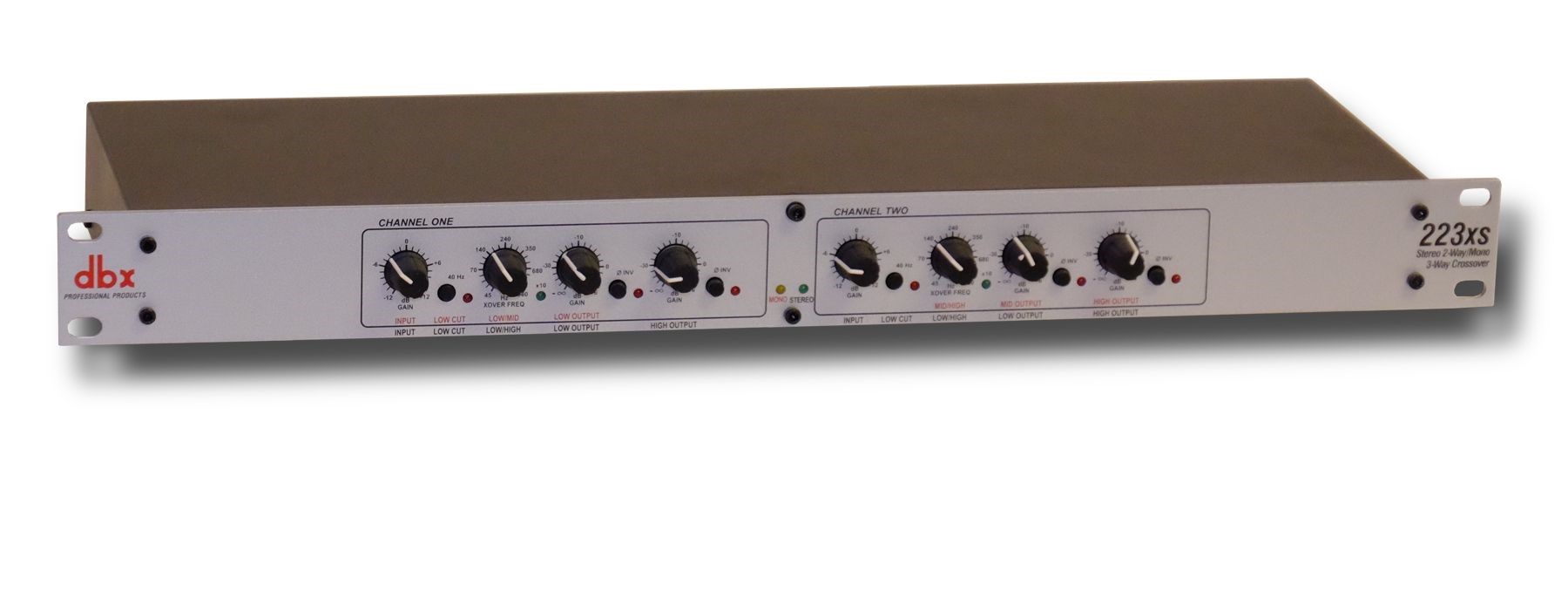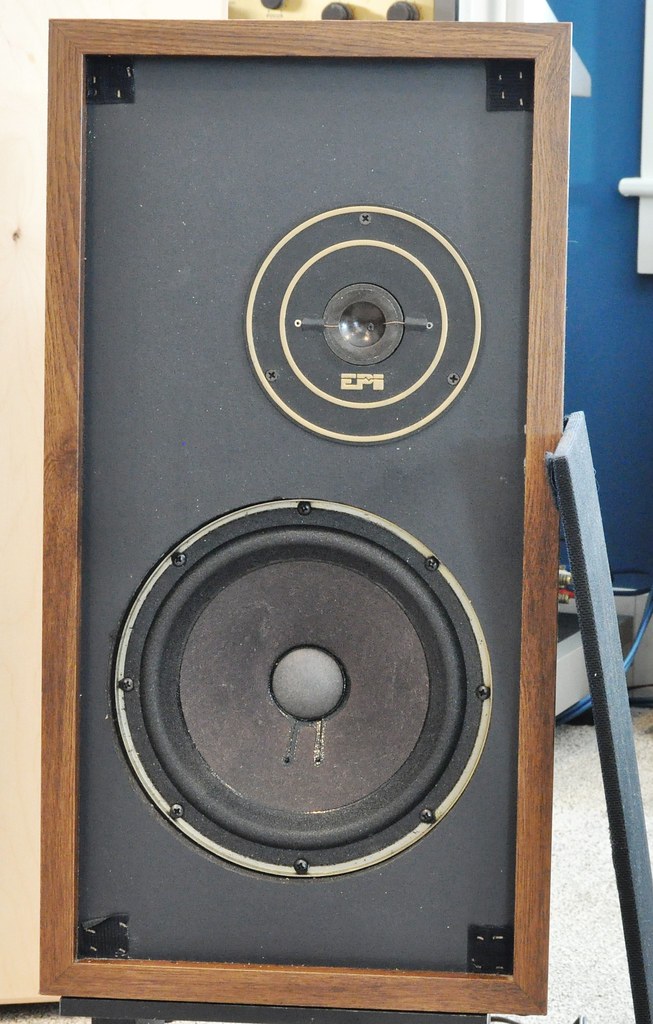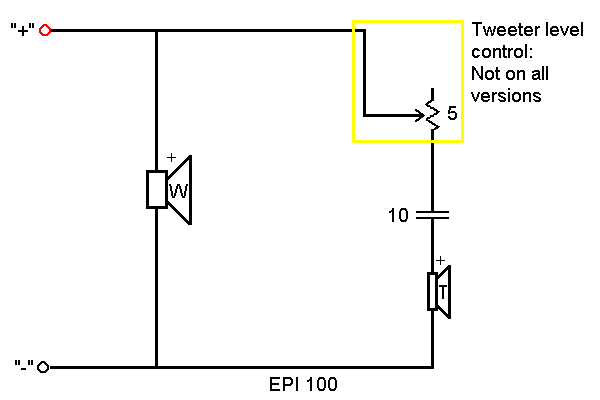Westsounds
Active Member
- Joined
- Jan 10, 2020
- Messages
- 219
- Likes
- 104
Other than the obvious speaker protection function on tweeters or midrange drivers of course.
Some guys swear they are the most important part of any speaker, yet I've had a few speaker designs which have had no or minimal crossovers and they have been some of the best speakers I've owned.
But then there are others who can't get over it as being gospel that good crossover design is not just essential it is everything.
With the infinite amount of designs out there and yet everyone has their take on crossovers it's no surprise people are confused.
And then there's the active guys or DSP affiliates who say that is everything.
I've never had a headphone that's had a crossover either and most have all been able to be eq'd to sound good.
Some of the BS ( Bad Science ) behind crossovers frustrates me.
) behind crossovers frustrates me.
What do you think?
Some guys swear they are the most important part of any speaker, yet I've had a few speaker designs which have had no or minimal crossovers and they have been some of the best speakers I've owned.
But then there are others who can't get over it as being gospel that good crossover design is not just essential it is everything.
With the infinite amount of designs out there and yet everyone has their take on crossovers it's no surprise people are confused.
And then there's the active guys or DSP affiliates who say that is everything.
I've never had a headphone that's had a crossover either and most have all been able to be eq'd to sound good.
Some of the BS ( Bad Science
What do you think?














